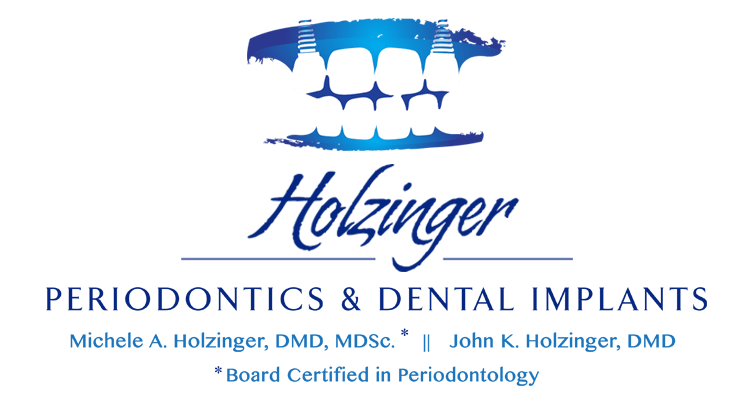Periodontal disease, better known as gum disease, is the most common oral health condition. It is a bacterial infection of the gum tissue caused by plaque. Scaling and root planing is the primary treatment for gum disease. What exactly does this treatment entail? Here’s an overview of the scaling and root planing process. What is Periodontal Disease? Periodontal disease is …
How Do You Treat Gingivitis?
Gingivitis is the earliest stage of periodontal (gum) disease. It is characterized by red, swollen, and sometimes bleeding gums. If you have any of the signs of gingivitis, prompt treatment can prevent it from progressing to periodontal disease. How do you treat gingivitis? With the help of a periodontist, a dentist who specializes in treatment of the gums, the progression …
How Do You Fix Gum Recession?
Gum recession is a condition in which the margin of the gum tissue surrounding the teeth pulls back or wears away. This causes the tooth or the tooth’s root to be more exposed. Gum recession causes the teeth to appear longer and can lead to sensitivity, decay, and an increased risk of periodontal disease. This is a common oral health …
How Long Does it Take to Heal After a Tooth Extraction?
Having a tooth extracted can be intimidating, but in some cases, it’s unavoidable. Fortunately, the actual procedure is relatively quick, and you’ll soon be on your way home. Of course, that’s not the end of the story—you’ll need to take some precautions to ensure optimal healing. This article will discuss the process of tooth extraction, how long it takes to …
How Do You Prevent Periodontal Disease
Periodontal disease, more commonly known as gum disease, is a bacterial infection of the gum tissue. It occurs when plaque, a sticky film made up of food residue and bacteria, builds up on the teeth along the gumline. When plaque isn’t removed it can harden into calculus, which is harder to remove and more likely to infect the gums. Nearly …
The Effectiveness of Scaling and Root Planing
When someone has gum disease, small pockets can form between the gums and the parts of the teeth that are normally covered by the gums. This space allows plaque and tartar to grow in places that regular tooth brushing and cleanings cannot reach. If this happens to your teeth, your dentist may recommend root scaling and planing, also known as …
What are the Symptoms of Periodontal Disease?
Gum disease, also known as periodontal disease, is a condition that affects your gums and the bone that holds your teeth in place. The American Academy of Periodontology (AAP) estimates that nearly 80% of American adults suffer from some level of periodontal disease. Although most cases are mild to moderate, gum disease can lead to tooth loss and even cause …
The Likelihood of Gum Disease During Pregnancy
Did you know that pregnant women are at a higher risk for developing gum disease? Of all the things that are common knowledge about pregnancy, this may not be so well known. There are a few different reasons for this, but taking the proper precautions can reduce the risk and ensure that your teeth and gums stay healthy throughout your …
The 4 Stages of Periodontal Disease
Many people are under the mistaken impression that periodontal disease isn’t serious, perhaps because it starts with such mild symptoms. Red, swollen gums often go unnoticed; even when gums bleed when brushing or flossing, you may disregard these symptoms or put off seeking treatment. Unfortunately, gum disease can quickly progress from minor nuisance to a serious disease that compromises not …
Is It Possible to Reverse Periodontal Disease?
Periodontal disease, more commonly known as gum disease, is a bacterial infection of the gums. It occurs when there is excessive plaque buildup on the teeth. Plaque is a combination of food residue and bacteria that sticks to the teeth unless it is brushed away. When it remains for too long it can infect the gums, causing periodontal disease. In …
Misunderstood Effects of Gum Disease
Periodontal disease, more commonly known as gum disease, is a common condition affecting nearly half of Americans. Gum disease is a bacterial infection of the gum tissue and support structures of the teeth. The cause of gum disease is a buildup of plaque on the teeth, a combination of food residue, saliva, and bacteria. When plaque remains on the teeth …
Your First Visit to the Periodontist
Have you been referred to a periodontist? Your dentist may have recommended that you see a periodontist for gum disease or to get a dental implant. Periodontists specialize in conditions and procedures for the gums and support structures for your teeth. If you’re going to a periodontist for the first time, you may not know what to expect. Here’s a …












